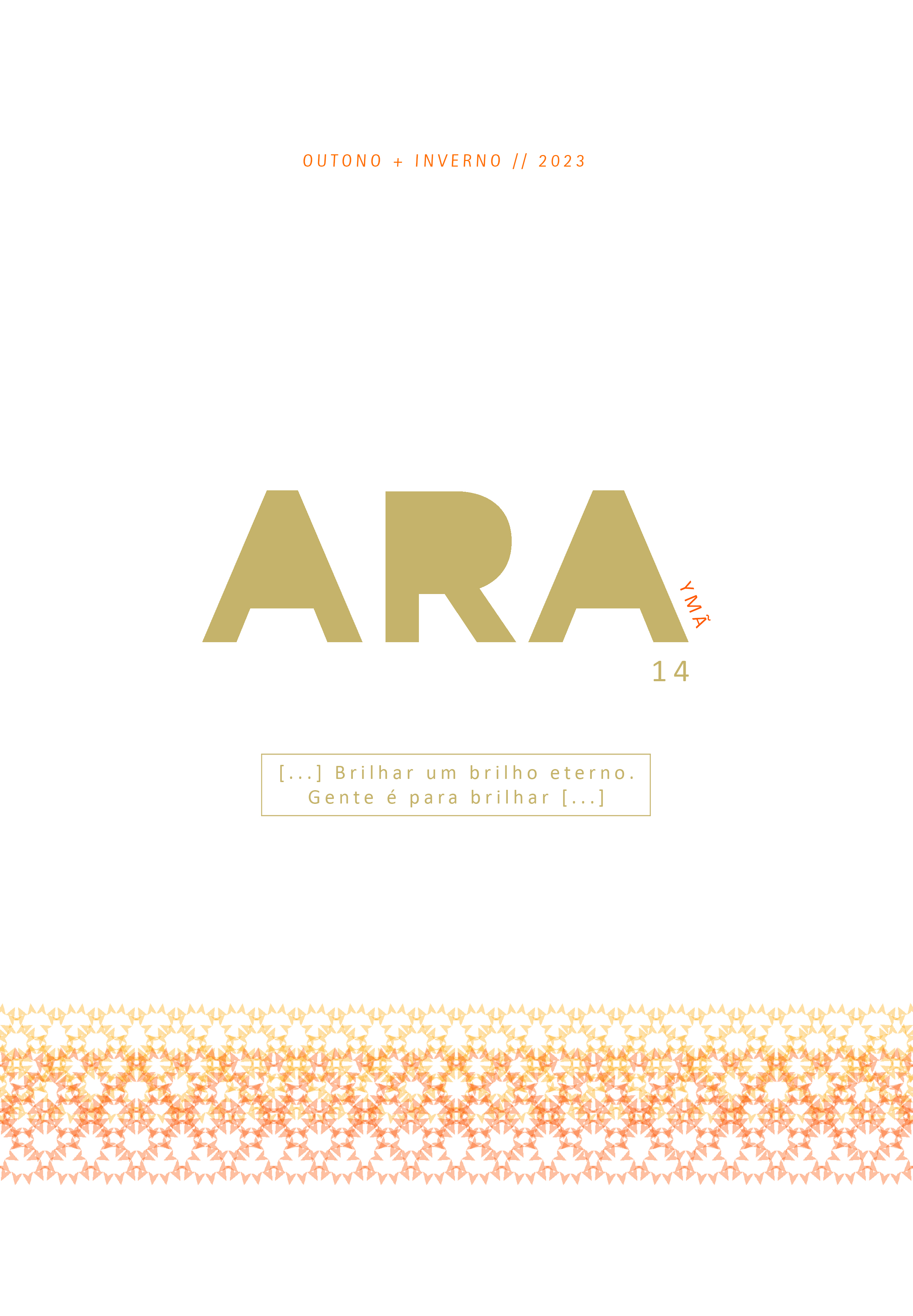When persons are memories, is heritage the agent?
DOI:
https://doi.org/10.11606/issn.2525-8354.v14i14p77-94Keywords:
Museum, museum, heritage, collection, imaginary, cultural actionsAbstract
The current use of the word heritage focuses on the meaning of preservation, predominantly of the building, of the material and refers to conservation and restoration techniques, when technique, aesthetics and architecture gain prominence and relevance. In the debate on the requalification and preservation of historical centers, and on the cultural use of large deactivated industrial areas, interventions of a business nature predominated, a model in which heritage is the scenario for consumption of culture and tourism as a commodity. Such practices brought to the fore the debate about the expulsion of local populations, the financial valuation of urban environments, called “gentrification” or urban ennoblement. The question posed for reflection in these terms is: can it be assumed that such a phenomenon applies in a generalized way, in metropolitan contexts or not? What specificities are under debate in other urban centers, such as medium-sized cities in the interior of São Paulo? How to value collective memory to the detriment of the aesthetic and material overvaluation of heritage spaces? When heritage policies value people, is heritage the agent?
Downloads
References
AUGÉ, Marc. Le temps en ruines. Paris: Éditions Galilée, 2003.
GATTI, H. ; VERCELLI, G. ; TIRELLO, R. A. ; OCCELLI, C. L. . O apito em novo tom. El silbido em nuevo tono. Recualificación del antiguo complejo industrial "Companhia Fiação e Tecelagem São Pedro" de Itu, São Paulo. In: Coleccions Los Ojos de Memoria. Miguel Angel Alvarez Areces. (Org.). El legado de la industria: archivos, bibliotecas, fototecas de empresas. Fábrica y memoria. 1ed. Gijon-Asturias: Miguel Angel Alvarez Areces, 2016, v. 17, p. 367-375.
GODOY, Silvana Alves de. Itu e Araritaguaba na rota das monções. (1718-1828). Dissertação de mestrado, Universidade Estadual de Campinas, Instituto de Economia. 2022. Disponível em: <https://www.abphe.org.br/uploads/Banco%20de%20Teses/itu-e-araritaguaba-na-rota-das-moncoes-1718-a-1838.pdf>. Acesso em: mai 2023.
HALBWACHS, MAURICE. A memória coletiva. São Paulo: Edições Vértice, 1990.
OLIVEIRA, Rafael Fabrício. Patrimônio histórico-cultural: transformações e usos no centro histórico de Itu-SP. Dissertação de Mestrado, Universidade Estadual Paulista Júlio de Mesquita Filho, Rio Claro, 2012. Disponível em: <https://repositorio.unesp.br/handle/11449/95621>. Acesso em: 18 jun. 2021.
MAIAKOVSKI, Vladimir. “A extraordinária aventura vivida por Vladimir Maiakovski no verão na datcha”, 1920 (tradução Augusto de Campos), in PITHON, M.; CAMPOS, N. (orgs.). Poemas russos. Belo Horizonte: Viva Voz/FALE UFMG, 2011, p. 20-23.
NETO, Renato Drummond Tapioca. Memória coletiva e memória histórica na obra de Maurice Halbwachs, 7 de novembro de 2014. Disponível em: <https://rainhastragicas.com/2014/11/07/memoria-coletiva-e-memoria-historica-na-obra-de-maurice-halbwachs/>. Acesso em: 9 de abril de 2023.
SIMMEL, George. A ruína (1911), in Ruinologias: ensaios sobre destroços do presente. Florianópolis: UFSC, 2016.
RUBINO, Silvana. Enobrecimento Urbano. RUBINO, Silvana. "Políticas de enobrecimento". In: Fortuna, Carlos & Leite, Rogério Proença (org.). Plural de cidades: léxicos e culturas urba- nas. Coimbra: Almedina, 2009. p. 25-40.
SCIFONI, Simone. “Cultura e problemática urbana”. In: Carlos, Ana Fani (org.) Crise urbana. São Paulo: Contexto, 2015.
ZEQUINI, Anicleide. O quintal da fábrica: a industrialização do interior paulista – Salto, SP. São Paulo: Annablume/FAPESP, 2004.
Downloads
Published
Issue
Section
License
Copyright (c) 2023 Amanda Saba Ruggiero

This work is licensed under a Creative Commons Attribution 4.0 International License.
Autores que publicam nesta revista concordam com os seguintes termos:
- Os autores mantêm os direitos autorais e concedem à revista o direito de primeira publicação, com o trabalho simultaneamente licenciado sob a Licença CreativeCommonsAttribution CC-BY que permite o compartilhamento do trabalho com reconhecimento da autoria e publicação inicial nesta revista.
- Os autores têm autorização para assumir contratos adicionais separadamente, para distribuição não exclusiva da versão do trabalho publicada nesta revista (ex.: publicar em repositório institucional ou como capítulo de livro), com reconhecimento de autoria e publicação inicial nesta revista.
- Os autores têm permissão e são estimulados a publicar e distribuir seu trabalho on-line (ex.: em repositórios institucionais ou na sua página pessoal) a qualquer ponto antes ou durante o processo editorial, já que isso pode gerar alterações produtivas, bem como aumentar o impacto e a citação do trabalho publicado (Veja O Efeito do Acesso Livre).


